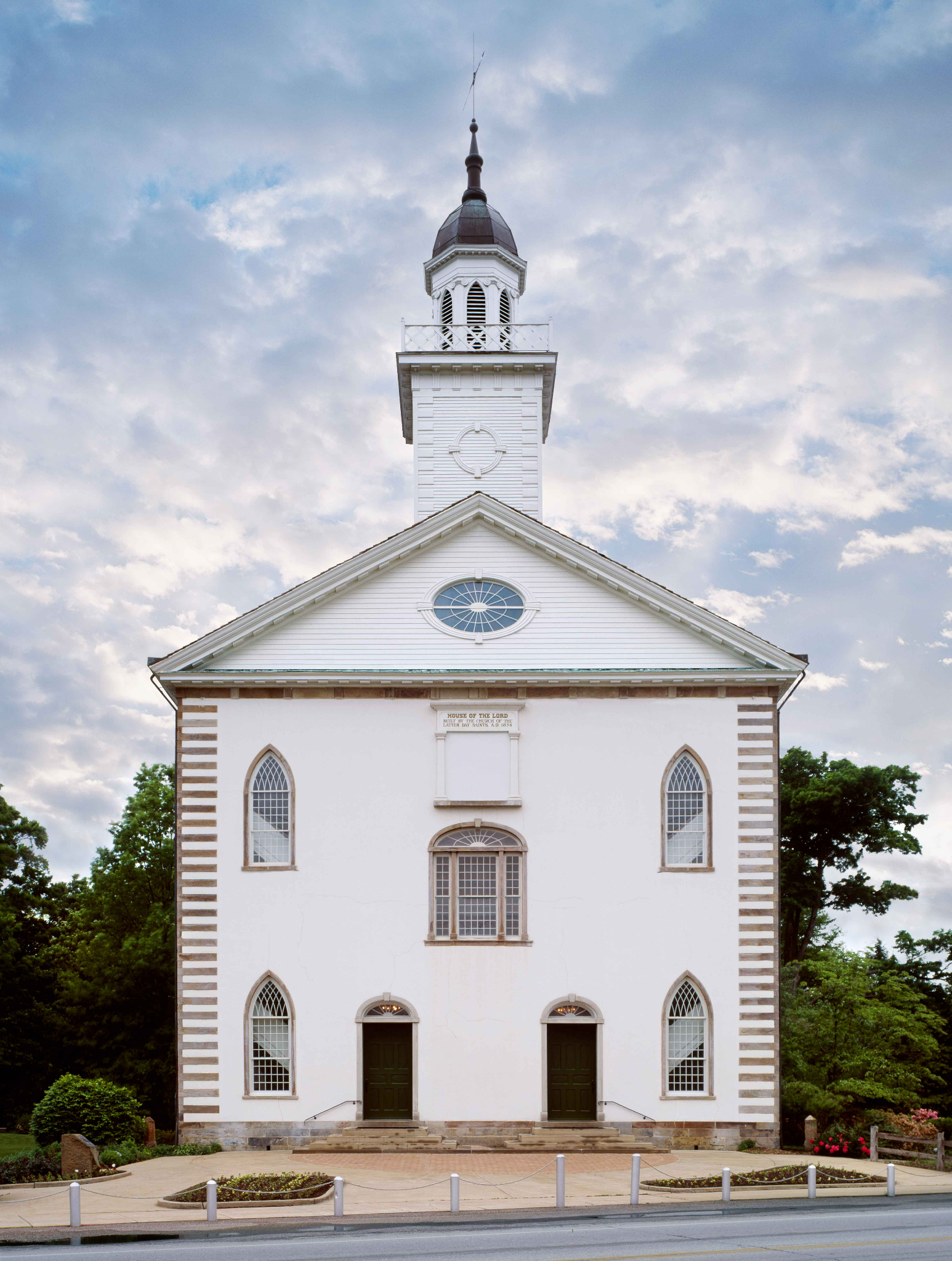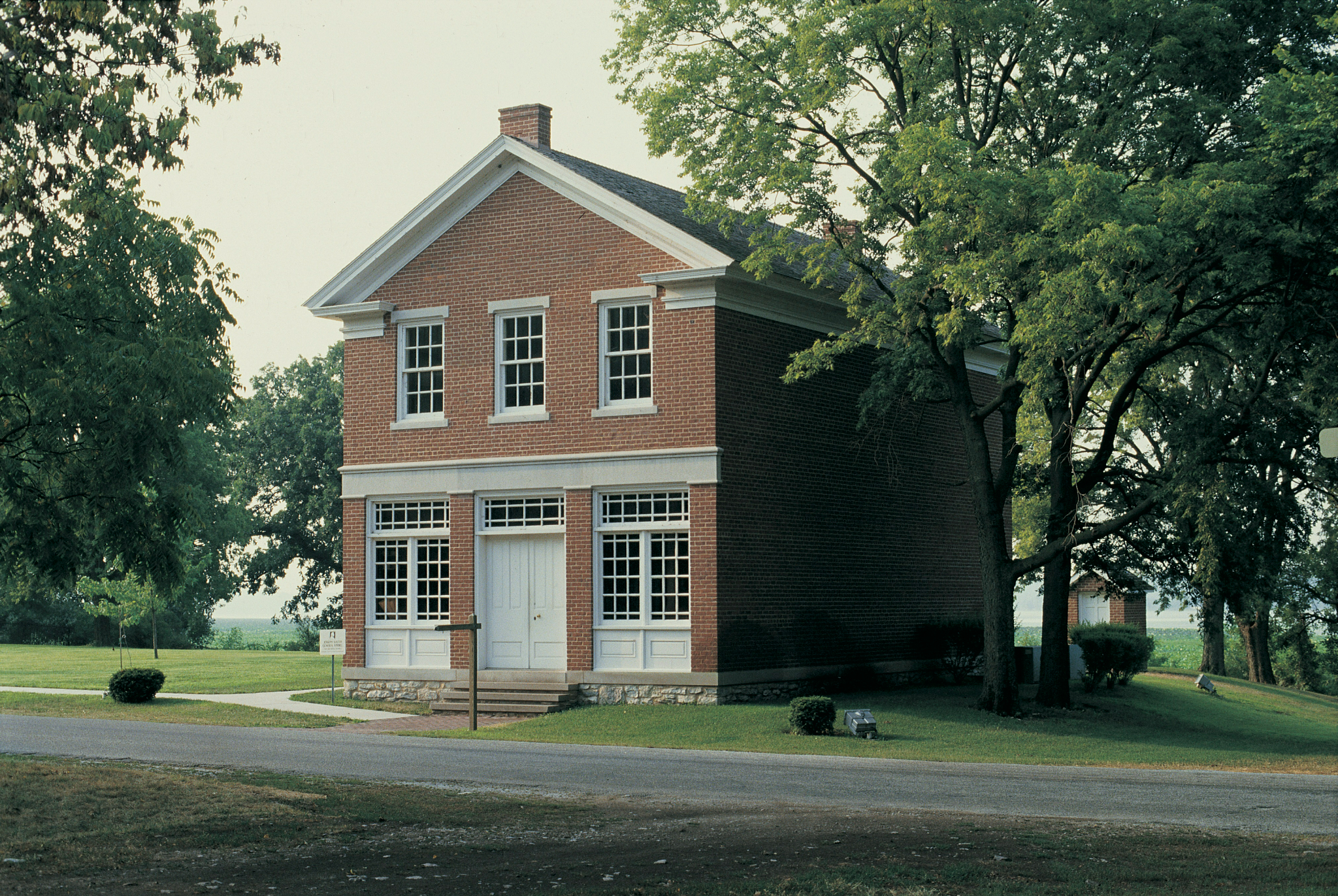Personal Stories from Sacred Sites: The Kirtland Temple and Nauvoo Landmark Acquisition
March 12, 2024 • Blog Post

On March 5, 2024, The Church of Jesus Christ of Latter-day Saints announced the purchase of the Kirtland Temple, some Nauvoo sites, and historic artifacts. Although discussions between the Community of Christ and the Church of Jesus Christ about this purchase have been ongoing since June 2021, many members—like myself—thought that they would never see the day that the Church would have the privilege of owning the Kirtland Temple again. Learning the precious history and religious relevance of these items helps us to understand this decision.
Details of the Purchase
In this purchase, the Church acquired not only the Kirtland Temple but also additional land, buildings, artifacts, and documents. The real estate is in Kirtland, Ohio, and Nauvoo, Illinois. As I was reading the list of items acquired in the purchase, I was thrilled to see that the Red Brick Store was included. I grew up near the Red Brick Store, and it was a place I thoroughly enjoyed as a child. I would beg my parents to take me there—partially to escape from the hot and humid Mississippi air into air-conditioned comfort—and I have fond memories of old-fashioned games, pencil sharpeners, rock candy, and root beer. The significance of the building as the place where the Relief Society was established and the first endowment ordinance was performed adds a sacred aspect to this building that I love.
As a native of Nauvoo, I was also excited to see that the Nauvoo House and the Mansion House (both boarding houses constructed by or for Joseph Smith) were also purchased. As properties of the Community of Christ, these sites had previously required a fee to tour. The artifacts of the acquisition include the Joseph Smith Translation of the Bible, original portraits of Joseph and Emma Smith, and the original door of Liberty Jail.

History and Personal Connection with the Temple
Built nearly 200 years ago (between 1833 and 1836), the Kirtland Temple is not only the first temple to be built in the latter days but also a historic treasure for the eastern United States. Years after the Saints left Kirtland, Joseph Smith III, the son of the Prophet Joseph Smith, was able to acquire the title for the temple. In 1880, he gave the temple to the Community of Christ, and it has been in their care ever since. In 1976, the Kirtland Temple was declared a National Historic Landmark.
But the Kirtland Temple is more than a piece of religious and national history. It is a testament to the faith and diligence of the early Saints. There are many stories of how the Saints sacrificed to build the Kirtland Temple, but I would like to share one that is both historically significant and specifically important to me.
While all general authorities speak movingly and prophetically about Church history, President M. Russell Ballard, as a direct descendant of Hyrum Smith, bore a special witness. When he spoke of Church history, he also shared his family history. Like President Ballard, I also have a notable ancestor who sacrificed greatly to build the Church and follow the prophet: John Tanner. In the talk “What Came from Kirtland,” President Ballard told the story of John Tanner—my great-great-great-great-great grandfather.
John Tanner was an incredibly wealthy man, the equivalent of what people in the 1830s would consider a millionaire. He owned many things, including a hotel, several homes, two large farms, orchards, a dairy, a sawmill, an island, and more than 2,200 acres of timberland. Over the course of his life, he gave more than $50,000 to assist in establishing the Church and to aid in the construction of the Kirtland Temple. By the time he left Kirtland to go to Missouri, he had lost his entire fortune.
Despite losing all his worldly possessions and suffering other personal losses, he remained stalwart. When it came time for the Church to repay Tanner for the loan on the land for the Kirtland Temple, Tanner tore the note in pieces, saying, “The only debt is one of gratitude, and that is mine.” To this day, my family believes that we are blessed by the promise that the Prophet Joseph Smith subsequently gave Tanner: “Your children shall never again beg for bread.” Because of the sacrifice of my ancestor, we have not only seen the blessings of the temple in our lives but also the blessings of a promise from a prophet of God.
There are many other Saints from that time who go unnamed and unknown but who sacrificed with their hearts and their hands to help build the Kirtland Temple. Their sacrifices are cherished by many Latter-day Saints, and their examples prepared the way for the construction of the more than 300 temples (in varying stages of development) that we are now blessed with today.
Religious Significance of Kirtland
President Ballard declared that “more heavenly manifestations occurred in Kirtland than in any other place” and specified that the Father and the Son appeared together or were seen in vision at least four times in the Kirtland Temple. The Savior was seen in the Kirtland Temple at least six additional times by Joseph Smith (see “What Came from Kirtland”). In addition to these miraculous visitations, significant keys were given and restored inside the temple by prophets from the Old Testament.
In his talk “Joseph Smith Lecture 5: Joseph Smith and the Kirtland Temple,” renowned BYU religious educator Truman G. Madsen shared the miracles recounted by faithful Saints on the day of the Kirtland Temple dedication, which included visitations of Peter, James, and John, as well as other angels inside and outside of the temple.
I am forever grateful for the Kirtland Temple and the keys of the last dispensation that were restored there. The covenants we can make with God in His temples, which were partly introduced in the Kirtland Temple, are a blessing to all of us.
The Future of the Kirtland Temple
While the Kirtland Temple was the first temple built in the latter days, it also functioned as a meetinghouse and gathering place for the Saints. This purpose will be reflected in how the Kirtland Temple will operate when it reopens to the public as a historic site instead of as a fully functioning Latter-day Saint temple. The Kirtland Temple will be open to visitors for free tours on March 25—two days before the 188th anniversary of that sacred dedication of the Kirtland Temple.
In a combined statement from the Church and the Community of Christ, President Nelson said, “We are deeply honored to assume the stewardship of these sacred places, documents, and artifacts. We thank our friends at Community of Christ for their great care and cooperation in preserving these historical treasures thus far. We are committed to doing the same.”
I too thank the Community of Christ for allowing us this great privilege, and I am excited to see what sacred experiences await as we cherish this, the first House of the Lord in this dispensation.
BYU Speeches Connections
Enjoy the following talks and videos about the Kirtland Temple

Emma Jean Nelson is an editing and publishing major at BYU and an editorial intern at BYU Brand & Creative. In her free time when she should be studying, she likes reading books (fantasy, romance, or mystery-thrillers—especially a mixture of the three), drinking hot chocolate, and cooking. She is a native Midwesterner who loves thunderstorms because they remind her of home.




